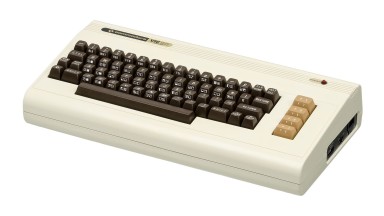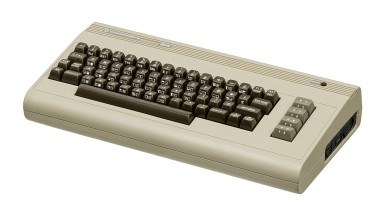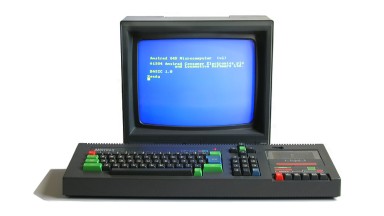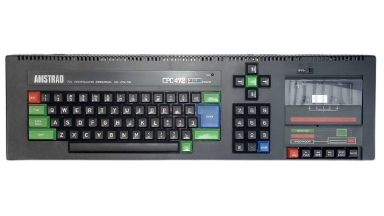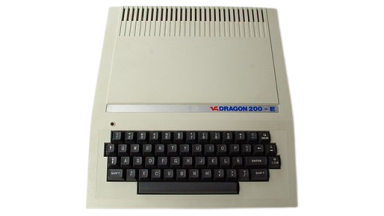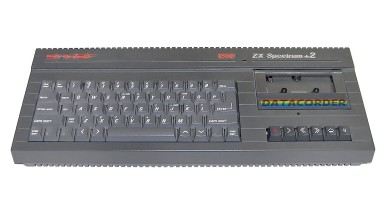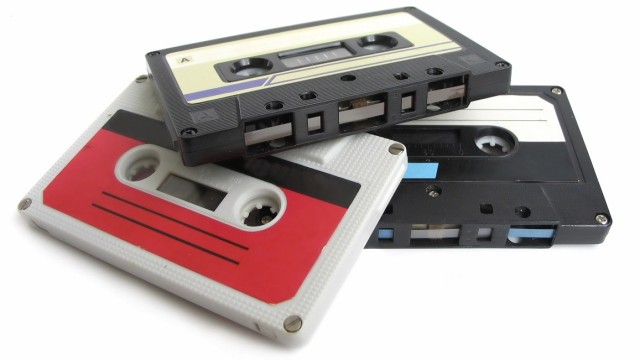
Cassette
Developed by: Lou Ottens
Company: Philips
Launched: 1964
Capacity: Dependiendo de la longitud de la cinta (doble cara)
The cassette was developed by the Philips Netherlands team led by Lou Ottens as a medium for recording and reproducing voice. It quickly became widely used as a medium for distributing music.
The format's widespread popularity and its low production cost led to its adoption for data recording on 8-bit personal computers in the 1980s.
Personal computers equipped width Cassette
Manufacturer: Atari
Launches: 1979
CPU:
MOS Tecnology 6502
@ 1.79MHz
Memory: 8 KB ~ 48 KB
Support: Cassette
Hard drive:
None
Operating system: Atari DOS
Manufacturer: Atari
Launches: 1979
CPU:
MOS Tecnology 6502
@ 1.79MHz
Memory: 8 KB ~ 48 KB
Support: Cassette
Hard drive:
None
Operating system: Atari DOS
It had more expandability than its younger brother, the Atari 400.
Manufacturer: Commodore
Launches: 1980
Manufactured in US
CPU:
MOS Technology 6502
@ 1.108MHz
Memory: 5 KB ~ 32 KB
Support: Cassette
Hard drive:
None
Operating system: BASIC
This device was designed to compete with video game consoles using inexpensive components.
Manufacturer: Commodore
Launches: 1982
Manufactured in US
CPU:
MOS Technology 6510
@ 0.985MHz
Memory: 64 KB
Support: Cassette
Hard drive:
None
Operating system: BASIC
Manufacturer: Amstrad
Launches: 1985
Manufactured in GB
CPU:
Zilog Z80A
@ 4MHz
Memory: 72 KB
Support: Cassette
Hard drive:
None
Operating system: BASIC 1.1 ver. sin Ñ
An Amstrad distributed by Indescomp (the brand's distributor in Spain, which would later become the subsidiary Amstrad Spain) exclusively for the Spanish market. It was identical to the CPC 464, but had a printed circuit board in the ROM socket that included an 8KB RAM chip, increasing the original CPC 464's memory from 64KB to 74KB, theoretically to accommodate the new commands and routines of the new BASIC 1.1 it incorporated.
But this was only a ruse to avoid the 15,000-peseta tariff that all microcomputers imported into Spain with 64KB or less of RAM had to pay starting in August 1985.
Subsequently, all computer keyboards sold in Spain were required to be adapted to Spanish, so the Ñ key had to be added to the computer, and the translated ROM version of BASIC 1.0 was used.
A few months later, Spain joined the European Economic Community, so the import tax had to be eliminated.
Amstrad then incorporated the Ñ key into the original CPC 464 model and stopped selling the CPC 472 model.
Manufacturer: Dragon
Launches: 1985
Manufactured in ES
CPU:
Motorola 6809
@ 0.9MHz
Memory: 64 KB
Support: Cassette
Hard drive:
None
Operating system: BASIC 1.4e
A variant of the Dragon 200 modified specifically for the Spanish market, which expanded the ROM character set to include lowercase letters, letters specific to Spain such as ñ, ü, ç, and accented vowels, along with other symbols.
This was achieved at the expense of reverse video characters, since the original version of this computer only allowed capital letters.
Manufacturer: Sinclair
Launches: 1986
CPU:
Zilog Z80
@ 3.54MHz
Memory: 128 KB
Support: Cassette
Hard drive:
None
Operating system: BASIC
After the company was sold to Amstrad, the company began producing this model, based on the ROM of the Sinclair ZX Spectrum 128 model, and similar in appearance to it, but incorporating a cassette drive.
The +2A and +2B variants, produced in Taiwan and China, respectively, did not include the disk drive controller circuit.


